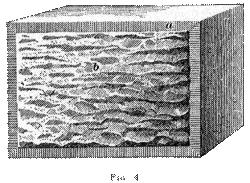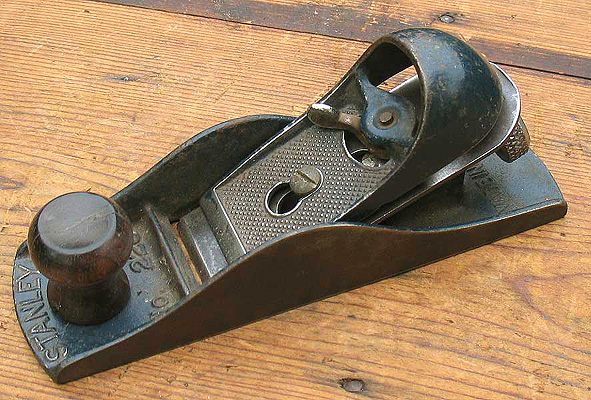Jacob
What goes around comes around.
Sitting in the garden with the old woman knitting and she started muttering about "blocking out". Apparently that's what you do with knitting, embroidery, weaving (and other crafts?) where you trim off trailing bits, wet and pin the whole garment down and pull straight the critical bits which define the shape - cuffs, hems, collars etc.
Just like what you do with a block plane: finished object and you work over it straightening the arrises, trimming tenons and other sticking out bits, fettling visually i.e.not changing the shape but just making it look better.
"Blocking out" to conceal details, "blocking in" to delineate them; in woodwork done with a block plane.
Just like what you do with a block plane: finished object and you work over it straightening the arrises, trimming tenons and other sticking out bits, fettling visually i.e.not changing the shape but just making it look better.
"Blocking out" to conceal details, "blocking in" to delineate them; in woodwork done with a block plane.



































